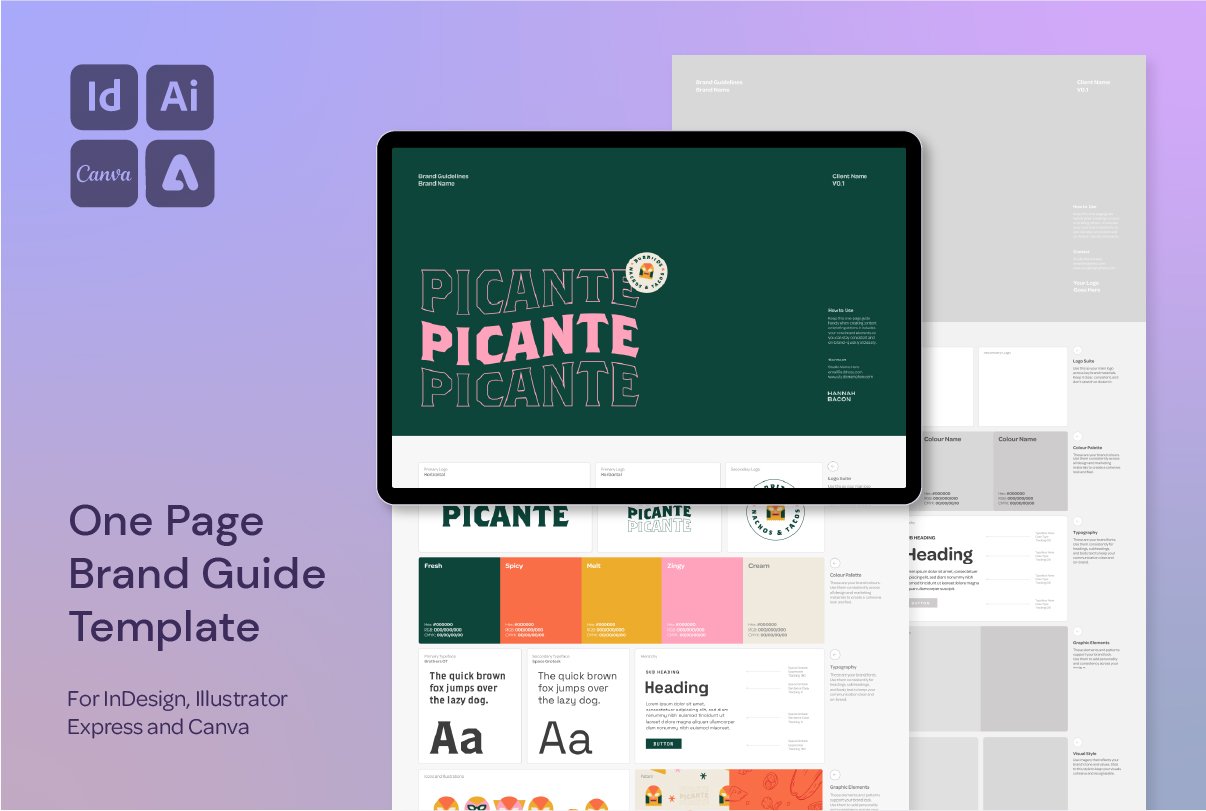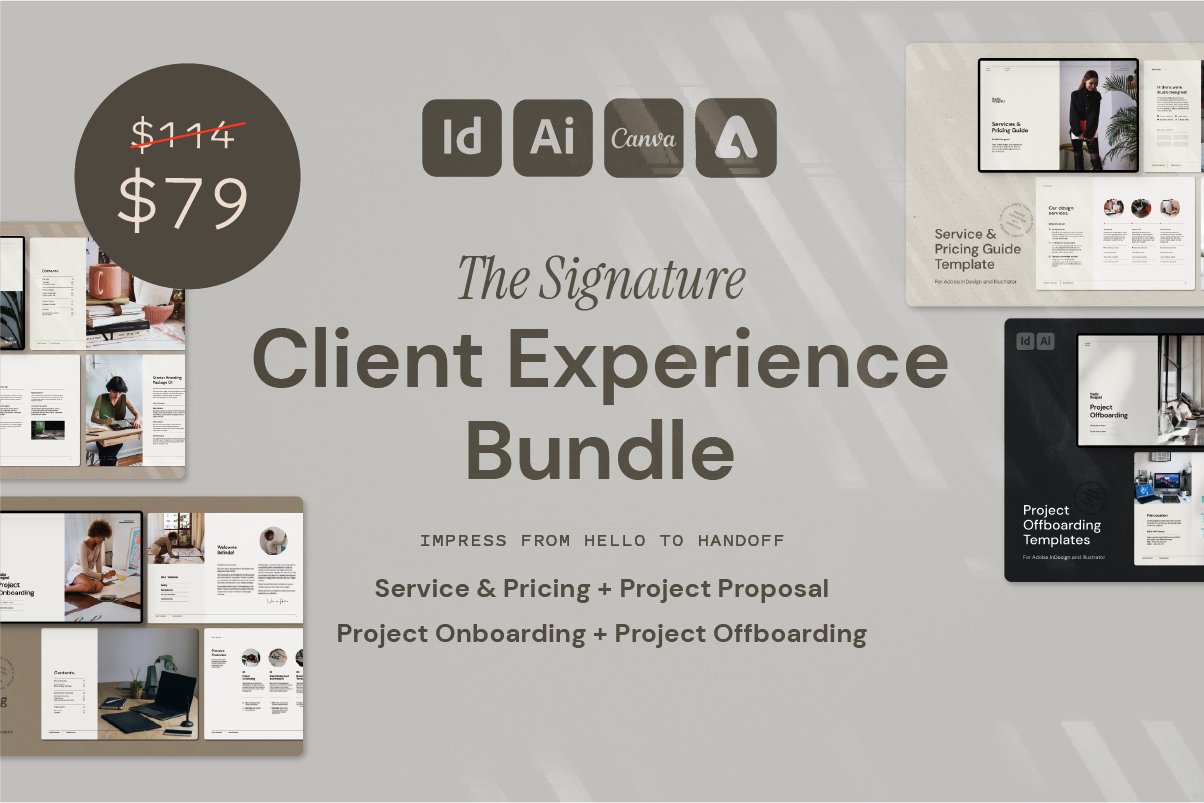How to Create Custom Textures in Adobe Illustrator (Without Using Stamps)
Create Custom Vector Textures in Illustrator—No Stamp Effects Needed
If you’re tired of using the same old texture stamps or overlays, this quick Adobe Illustrator technique shows you how to create a unique, high-contrast texture effect—perfect for logos, titles, and vector illustrations that need a gritty, printed feel.
This method gives you full control over the texture placement while keeping the artwork clean, scalable, and fully vector-based by the end. Here’s how to go from a simple lined texture to a bold, ink-like finish.
Why Use Custom Textures Instead of Stamp Effects?
Stamp effects can be unpredictable, hard to control, and often leave your design looking a bit generic. With this method, you can:
Build a custom texture that’s unique to each project
Maintain vector quality for easy resizing
Create a high-contrast, print-inspired look that feels intentional and handcrafted
You can check out this video (and lots more!) over on my Instagram Page @hannah.bacon.design
Step-by-Step: Create a Unique Vector Texture Effect
1. Place Your Texture
Drop in a lined or grainy texture graphic (avoid built-in stamps for this method)
Position the texture over your logo or design
2. Duplicate the Logo & Apply Inner Glow
Paste a copy of the logo in place above the texture
Head to Effect → Stylize → Inner Glow
Set the glow opacity to 100% and adjust the blur until the edges soften just enough to create an “ink bleed” effect
3. Change the Blending Mode
Set the inner glow layer’s blending mode to Multiply
This gives a subtle, gritty edge that bleeds into the texture below—mimicking ink bleed in risograph or screen print styles
4. Rasterize + Image Trace
With everything selected, go to Object → Rasterize
Then run Image Trace, making sure to ignore white
This will convert your softened texture effect into a clean vector shape
5. Expand & Finalize
Click Expand to turn your traced result into editable vector paths
You’re now left with a high-impact textured logo or graphic that’s readable, unique, and fully scalable
Want More Time-Saving Tools and Freebies?
This process is just one of the techniques I share across my design templates and digital assets, made especially for designers who want professional results—without starting from scratch every time.



